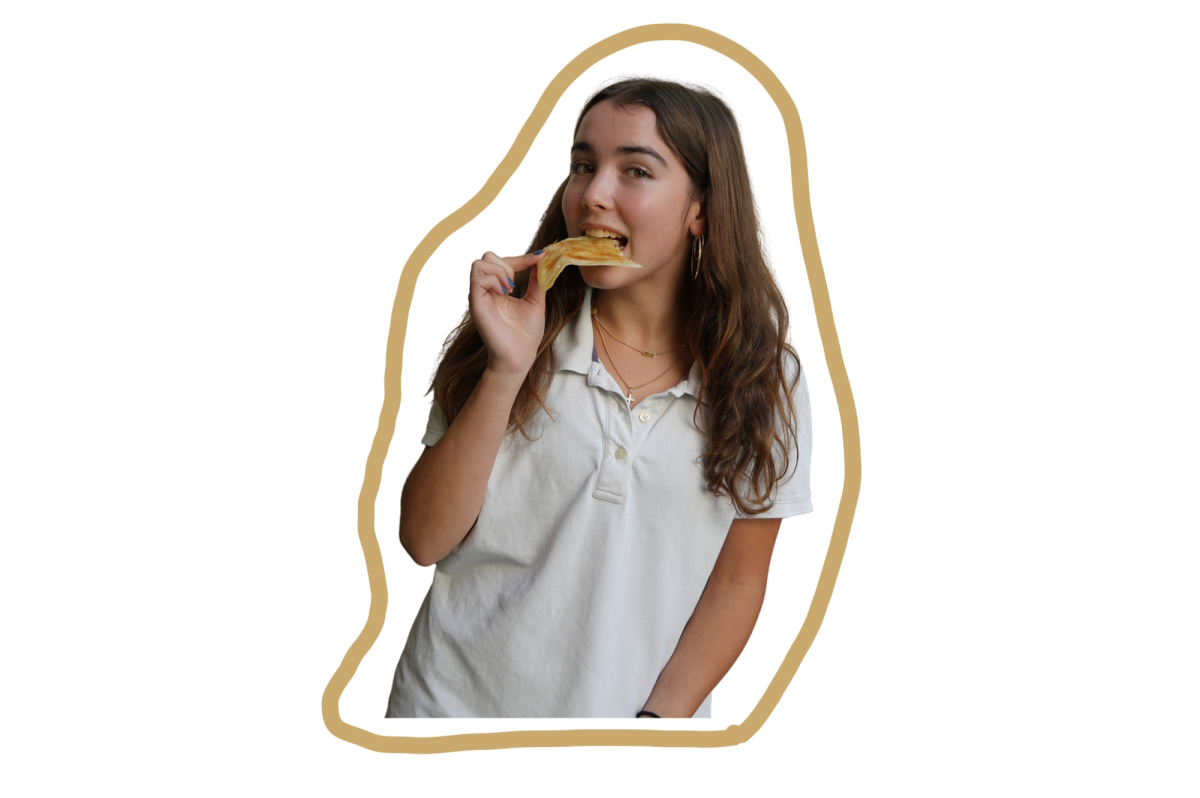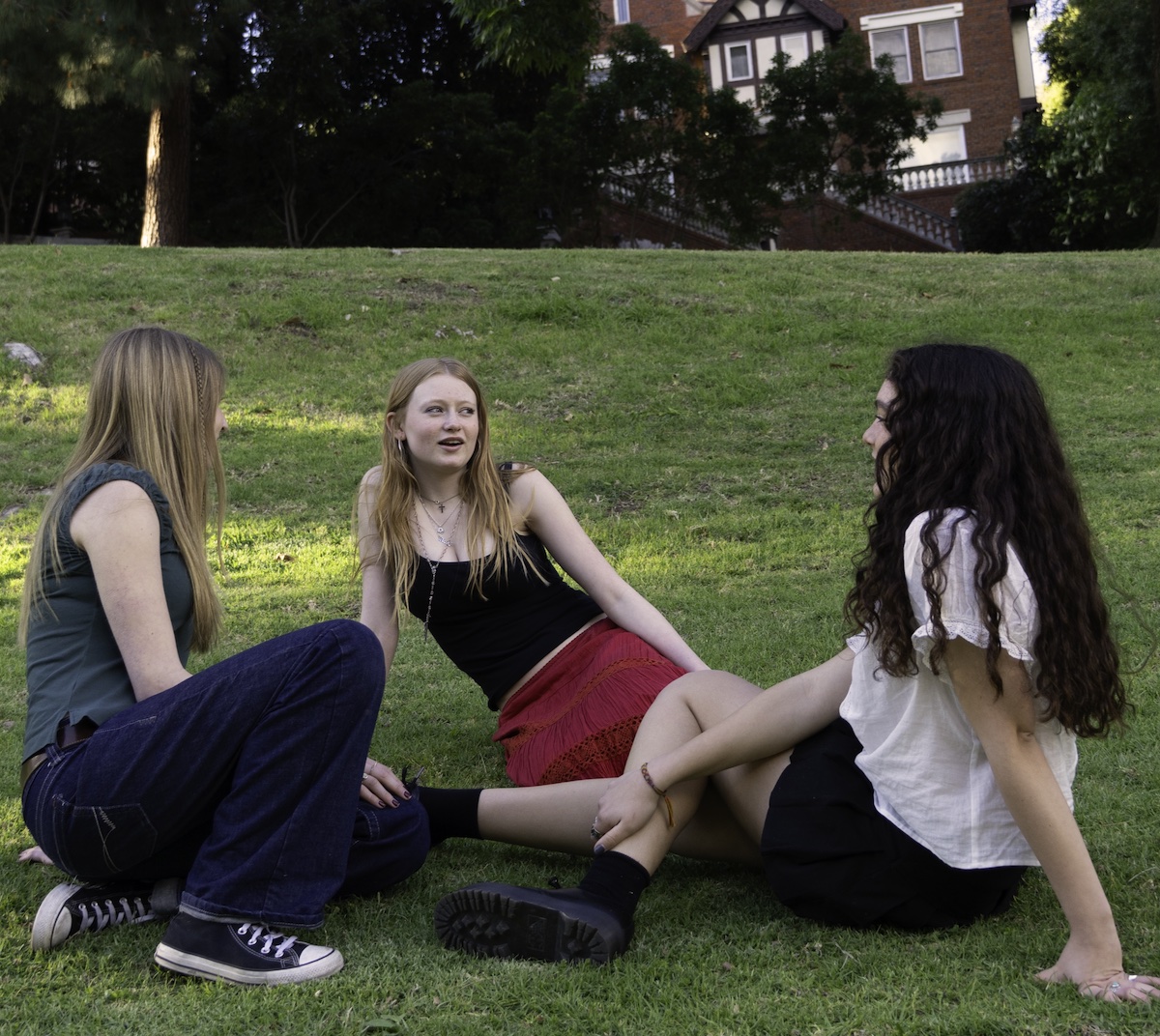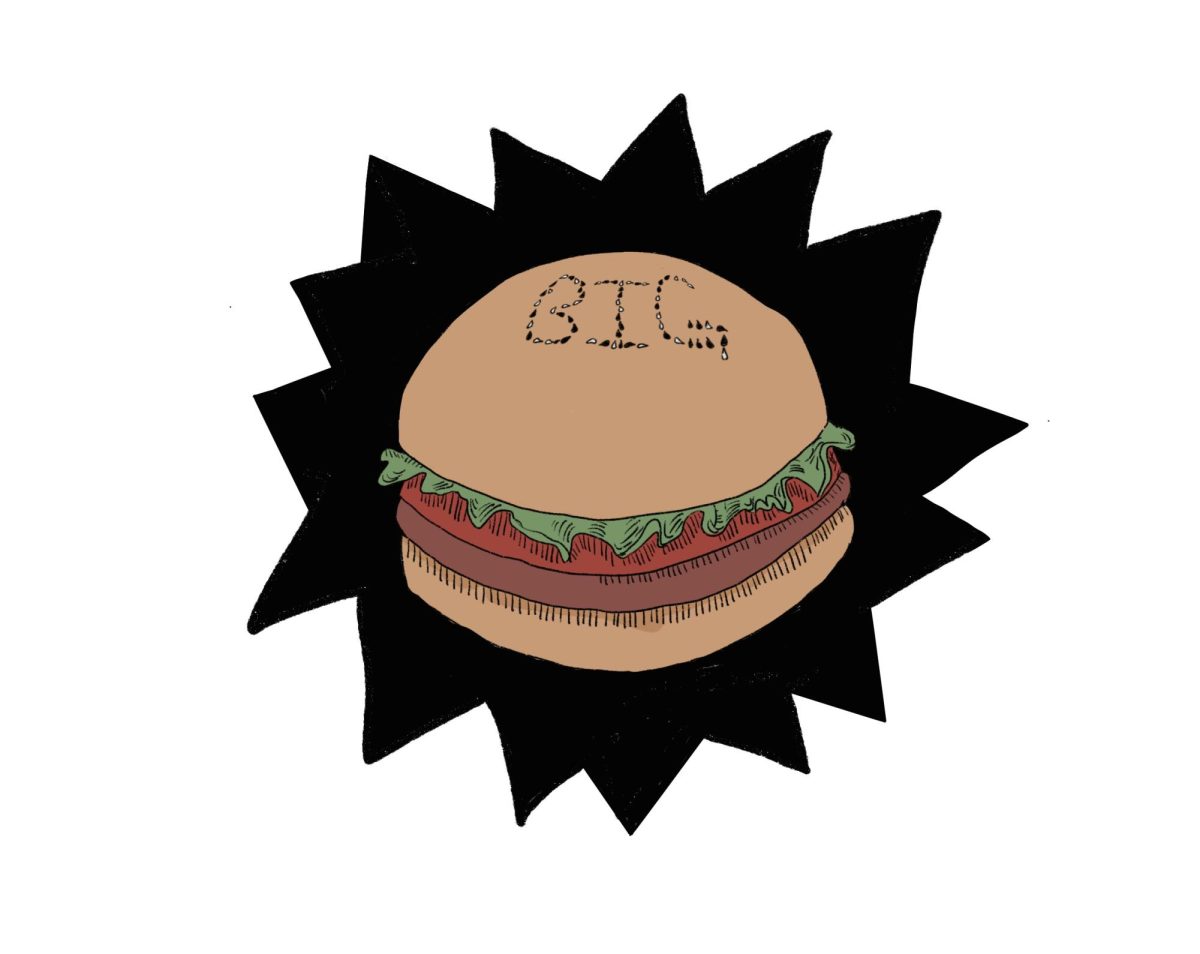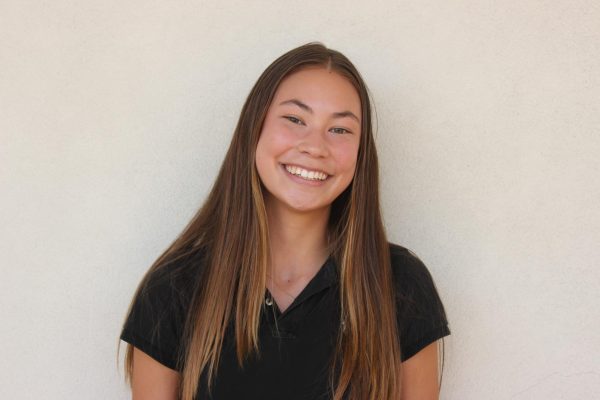Relationships throughout history
The Oxford Dictionary defines a relationship as being the way in which two or more concepts, objects or people are connected. However, this definition is constantly evolving.
Before social media platforms like Snapchat and Instagram were created, many couples were familiar with one another prior to becoming romantically involved. Sociologist Michael Rosenfeld studied patterns of how couples met in the 1940s and found that 25% of couples met through family members, 21% met through friends, 13% met in church and 12% met from being neighbors. This meant that due to their familiarity, couples could bond over commonalities like friends, hobbies or favorite restaurants.
These similarities also meant that romantic relationships usually formed between two people who already lived geographically close to one another. Sociologist James Bossardore studied this phenomenon and found that more than half of Philadelphia in the 1930s married someone who lived within 10 blocks of them and around one in six people’s future partner lived on their street.
Moreover, before social media, relationships were primarily built on the foundation of face-to-face interactions. These interactions were usually fostered at what is known as a “third place,” a place where friends and family gathered that wasn’t home, work or school. However, due to growing inflation rates, the COVID-19 pandemic and more time spent online, third places have largely disappeared due to lack of small businesses and increasing desire to spend time with friends virtually, leading to fewer in-person interactions.
Another key difference between relationships before and after social media was how couples actually became involved, or how one individual showed romantic interest in the other. In recent years, those looking for a romantic partner have employed various features on social media platforms to demonstrate their interest. If someone sees a person they are interested in online, they may send them a direct message through Instagram, heart their story or save their Snapchat photo in their chat to express their feelings.
However, prior to social media, showing interest in someone was far more personal. Balram Vishwakarma told Vice that people had to rely more heavily on card and gifting companies such as Hallmark as well as material gifts such as teddy bears and chocolates to express interest. Because of this, one’s date also had to consider and learn what someone liked or would appreciate as a gift. This required potential couples to foster deeper connections earlier in their relationship, rather than simply clicking a few buttons on their phone.
Furthermore, gender roles within relationships have evolved over time as a result of the Married Persons Equality Act, Married Women’s Property Acts and more that gave women equal privileges as men in marriages. These acts furthered the trend of more women being open and able to get a divorce.
Another significant contrast between today’s relationships and pre-social media relationships is the age that people typically get married. According to a study by Bowling Green State University, the median age of women in the 1960s to get married for the first time was 20.3-years-old, which is almost seven years younger than the median age in 2015. Getting married younger left less time for “in between” relationship stages that are prevalent today. These include terms such as “situationships” and “talking stages.”
Relationship slang
New slang used to describe the period between a friendship and a relationship does not clearly define what this stage of a relationship entails.
For example, the Oxford Dictionary defines a “situationship” as “a romantic or sexual relationship that is not considered to be formal or established.” In popular culture, however, not only are situationships unestablished, but they also leave both partners devoid of mutually understood expectations for their relationship.
The growing prevalence of modern relationship slang has been exacerbated by mass media like the hit reality TV show “Love Island UK,” indirect references in songs, including “Casual” by Chappell Roan, and discussion on social media platforms. The trending tag #situationship appears in the captions of 593.1K TikTok posts, while #talkingstage appears in 119.2K posts.
Amassing 3.5 million views and 187.8K likes on a TikTok video, creator Annabelle Gesson breaks down the difference between “situationships” and “talking stages,” pointing out that, unlike talking stages, situationships lack any form of consistency. Since social media has normalized “situationships,” Gesson provided her followers with signs to look out for.
“[A situationship] is inconsistent,” Gesson said. “One day they love you, the next they’re blocking you.”
Like Gesson, in a TikTok video captioned “Best & worst era,” user Daniela Mora describes the rollercoaster of emotions that are inherent in a situationship, being simultaneously “fun” and “all-consuming.”
“There’s always something to overthink,” Mora said. “There’s always something to try to dissect. There is always a gray period that you can really run with. There is something to talk about with friends. There are updates that are so small, yet they mean the entire world to you.”
In analyzing social media analytics, Mary Ann Libert, Inc. publishers reported Snapchat evoking feelings of jealousy in romantic relationships. Citing this data, a study published on ScienceDirect explained more generally the effects of social media on relationships, narrowing in on Snapchat.
“This makes sense in the context that snaps can be made to disappear in a matter of seconds, leaving little evidence of extra-relational communication,” ScienceDirect contributors J. Mitchell Vaterlaus, Kathryn Barnett, Cesia Roche and Jimmy A. Young wrote in reaction to the Snapchat analytics.
“In summarizing the current research, Snapchat may facilitate private communication and be a step in the relational process that enhances young adult relationships and, on the other hand, may have negative consequences for interpersonal relationships,” they wrote.
In an exchange between University of Michigan Sociology Professor Elizabeth Armstrong and BBC’s Features Correspondent Casey Noenickx, Armstrong brings up the term “relationship escalator” to describe the typical development of relationships in past generations and Gen Z’s rejection of it. Instead of following the expected steps of a relationship, members of Gen Z are comfortable with unlabeled, low-commitment “situationships.”
“The creation – and continued rise -– of this term, especially among young daters, reveals a lot about how Gen Zers are re-framing what love and sex means, in a way that looks different than the generations before them,” Noenickx wrote.
Similar to Armstrong, Associate Professor at Tulane University Lisa Wade explained how insufficient communication limits the success of these modern relationships and often causes them to end.
“In practice, it can be difficult for two people’s priorities to align, and situationships can end poorly when each party is not on the same page about what they want out of the situation,” Wade told BBC in an interview.
On Medium, a platform for users to write from personal experience, one writer, @Kria, considers these modern, low-commitment relationships a waste of time and energy, as they can prompt mental health challenges, including low self-esteem, anxiety and insecurity.
“Most of the time, you get nothing out of a situationship,” Kria wrote. “It will end someday leaving you with heartbreak and trauma. Remember true love is uplifting, not confusing.”
Agreeing with Kria’s advice, Forbes contributor Mark Travers acknowledges that relationships “do not come with instruction manuals” and outlines three boundaries vital to maintaining healthy communication. Especially in modern romantic relationships, he says it’s important to limit time spent online, share responsibilities with a partner and take time for self-care and decompression.
The situation at Marlborough
As situationships are “noncommittal” and “undefined” by definition, they leave room for more informal interactions than a true relationship does. Situationships are by far most common among members of Gen Z (those born between the years 1997-2012) and are expected to pass down to those born between 2012 and 2025 – Generation Alpha. Some hypothesize that this is due to Gen Z and Alpha’s growing up in a time of social media and the internet provide instant gratification, which has translated into instantaneous online communication in their dating lives, a study from Elon University said. This means that situationships are extremely prevalent among Marlborough’s students, as the student body consists entirely of Gen Z and Gen Alpha.
Additionally, due to the inconsistency of situationships as mentioned above, they tend to be confusing and do not provide a conclusive answer to whether two people are committed to or even interested in one another. Juliet ’26 said that the emotional experience of being in a situationship can be volatile.
“The highs are high and the lows are low,” Juliet said.
Some teachers, who began dating before the exponential rise of social media, shared their dating experiences. Pew Research Center estimates that 53% of U.S. adults under 30, 37% of adults aged 30 to 49 and 20% of adults aged 50 to 64 have used dating apps in some way. Acknowledging the increased use of dating apps, English Instructor Danielle Blette explained how it’s now “assumed” that people will meet their future partners online.
“Growing up it felt more like ‘who do you know’ and you maybe are dating someone you meet in real life, maybe someone you work with, go to school with or a friend of a friend,” Blette said.
Prior to meeting her now husband in 2000, World Language Instructor Sandra Battiata said she found dating was more difficult, since it required her to physically go out to bars and parties or be set up by friends.
“My husband and I met through a mutual friend from Argentina. He was living in Northern California, and I was living here in Los Angeles,” Battiata said. “We actually started emailing, then speaking on the phone and then we met.”
Other teachers expressed their distaste for modern forms of communication and ways of meeting people, especially the prominence of dating apps. World Language Instructor Mónica Márquez said dating apps were “overwhelming,” so she shies away from using them.
“I’m in my 40s and I don’t care to babysit a man,” Márquez said, “You’re on the apps because you’re trying to find a partner and, currently, I don’t want a partner because they would interfere with my freedom, and they wouldn’t fit into my life.”










